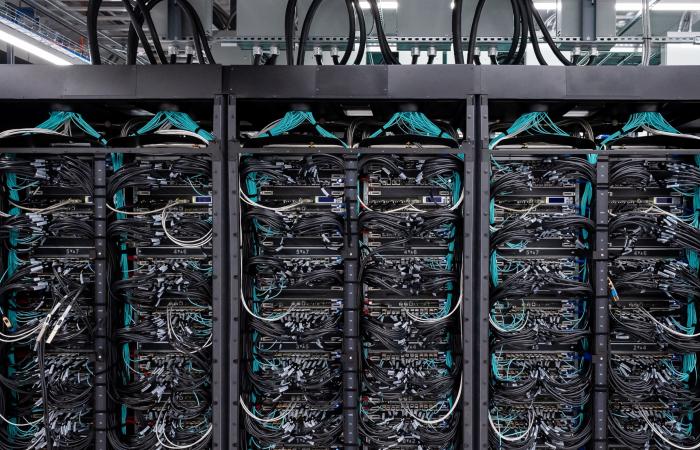New fastest computer in the world crowned – and it needs a new word to explain how quick it is

Your support helps us to tell the story
From reproductive rights to climate change to Big Tech, The Independent is on the ground when the story is developing. Whether it's investigating the financials of Elon Musk's pro-Trump PAC or producing our latest documentary, 'The A Word', which shines a light on the American women fighting for reproductive rights, we know how important it is to parse out the facts from the messaging.
At such a critical moment in US history, we need reporters on the ground. Your donation allows us to keep sending journalists to speak to both sides of the story.
The Independent is trusted by Americans across the entire political spectrum. And unlike many other quality news outlets, we choose not to lock Americans out of our reporting and analysis with paywalls. We believe quality journalism should be available to everyone, paid for by those who can afford it.
Your support makes all the difference.There is a new fastest computer in the world – and it is so quick that it requires a new word to describe it.
The Frontier system at the US Department of Energy’s Oak Ridge National Laboratory is now the fastest computer on the Top500 list, which ranks the most powerful in the world.
The supercomputer is not only the fastest in the world, but easily so. It is so powerful that it is faster than all of the next seven supercomputers in that ranking, combined.
As well as top ranking on the Top500 list, Frontier also took the top spot on the Green500 list, which ranks supercomputing systems according to how efficient they are. Its energy efficiency is achieved in part through its liquid cooling – which requires pumping 6,000 gallons of water through the system each minute.
It also brings the crown back to the US, from Japan. The record has been held for two years by the Fugaku system at the RIKEN Center for Computational Science (R-CCS) in Kobe, Japan, but that has now been dropped to number two.
The Frontier computer is not only the most powerful one in existence, but the first to break through the “exaflop ceiling”, and become the first “exascale” machine. Exaflop or exascale computing refers to those that are able to do 1018 operations in one second.
(A flop is a measure of computer performance, and is short for floating point operations per second. “Exa” is the prefix for the number one and then 18 zeroes – an exasecond, for instance, is equivalent to 32 billion years.)
In theory, the previous record holder Fugaku was able to work at more than 1 exaflop, too. But it was unable to demonstrate that in practical tests – and Frontier has a theoretical maximum of more than 2 exaflops.
China is also thought to have potentially developed two exaflop systems of its own, but has not submitted them to the Top500 committee for official recognition because of geopolitical tensions.
Researchers will be able to start using the supercomputer fully from later this year.
Frontier is made up of 74 cabinets, each of which weighs 8,000 pounds. The Oak Ridge National Laboratory noted that it had been able to put it together during the pandemic, which added extra challenges to the already significant difficulties of installing those cabinets, which together require 90 miles of networking cables to link together, for instance.
Join our commenting forum
Join thought-provoking conversations, follow other Independent readers and see their replies
0Comments